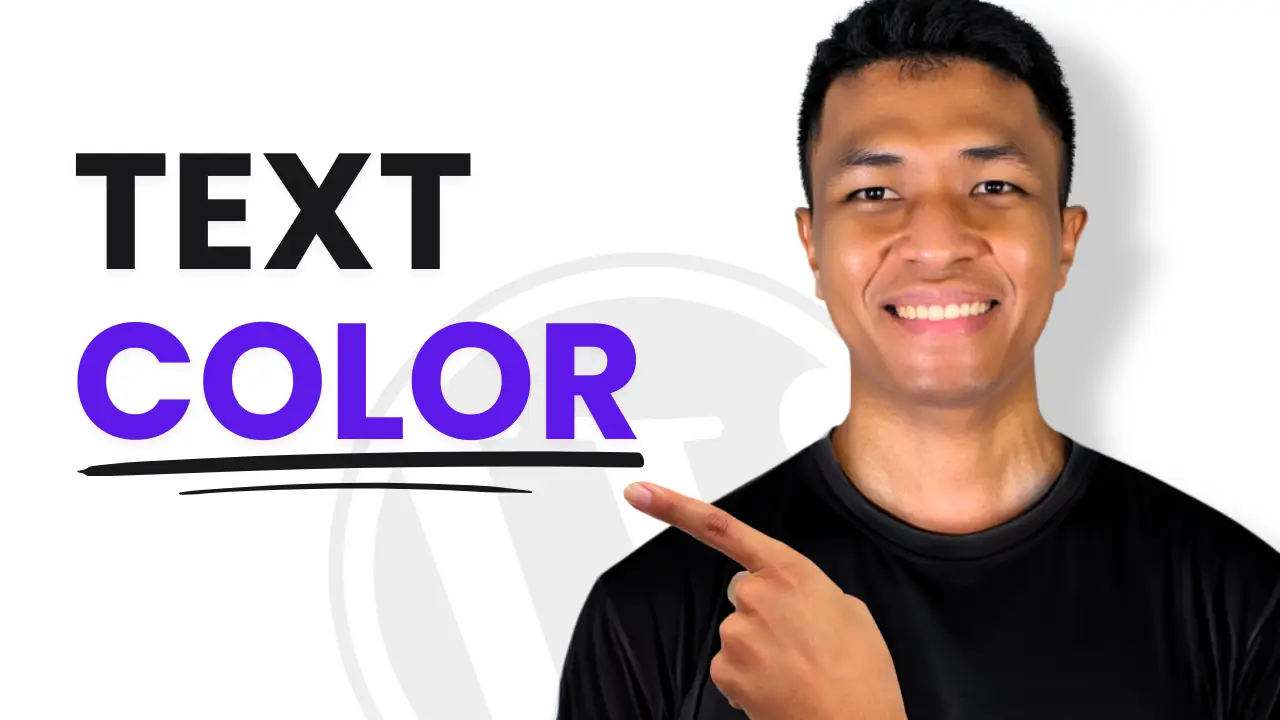- Learn to change individual text colors without plugins
- Discover how to apply color changes to specific sections of text
- Explore the versatility of this method across various Gutenberg blocks
As a WordPress enthusiast, I’ve always been fascinated by the endless possibilities of customization. Today, I’m excited to share a nifty trick that’ll add a splash of color to your content without the need for any plugins. We’re diving into the world of changing text colors in the WordPress Gutenberg editor. This simple yet powerful technique can transform your posts and pages, making them more visually appealing and engaging for your readers.
Before we jump into the nitty-gritty, let me assure you that this method is incredibly versatile. Whether you’re using a fancy premium theme or sticking with the classics, as long as you’re working with the Gutenberg editor, you’re good to go. It’s like having a secret weapon in your WordPress arsenal that works across the board.
Now, let’s watch a quick video tutorial that’ll give you a visual walkthrough of the process:
Alright, now that you’ve seen it in action, let’s break down the process step by step. Trust me, it’s easier than you might think!
The Traditional Method vs. Our Trick
Traditionally, when you want to change text color in Gutenberg, you might be tempted to use the block settings panel. However, this approach changes the color of the entire block, which isn’t always what we want. Sometimes, we need to add a pop of color to just a word or phrase for emphasis.
Here’s where our trick comes in handy. Instead of coloring the whole block, we can select specific text and apply color changes to it. This level of granular control is what makes this method so powerful.
Step-by-Step Guide to Changing Text Colors
- Select Your Text: First, highlight the specific words or phrases you want to colorize.
- Access the Toolbar: Once you’ve selected the text, a floating toolbar will appear above it.
- Find the ‘More’ Option: In the toolbar, look for the ‘More’ button (it usually looks like three vertical dots).
- Click on ‘Highlight’: After clicking ‘More’, you’ll see a ‘Highlight’ option. Click on it.
- Choose Your Color: A color palette will appear. You can choose from preset colors or click on the color picker for more options.
- Apply the Color: Simply click on your desired color, and voila! Your selected text will change color.
- Optional Background Color: If you want to go a step further, you can also add a background color to your text using the same method.
What I love about this technique is its flexibility. You’re not limited to just paragraphs; you can apply this to headings, quotes, and pretty much any text-based Gutenberg block. It’s like having a magic wand that works on all your content!
Pro Tips for Using Text Colors Effectively
While it’s tempting to go wild with colors, remember that less is often more. Here are some tips to use this feature effectively:
- Consistency is Key: Stick to a color palette that complements your overall website design.
- Highlight Important Points: Use color to draw attention to key messages or calls-to-action.
- Consider Accessibility: Ensure there’s enough contrast between your text and background colors for readability.
- Don’t Overdo It: Use colored text sparingly for maximum impact.
Beyond Text Colors: Other Gutenberg Tricks
Now that you’ve mastered changing text colors, you might be wondering what other hidden gems Gutenberg has in store. Well, I’ve got news for you – there’s plenty more to explore! For instance, did you know you can insert a video into a button in WordPress? It’s another cool trick that can make your content more interactive and engaging.
Troubleshooting Common Issues
Sometimes, things don’t go as planned. Here are a few common issues you might encounter and how to fix them:
- Colors Not Showing Up: Make sure you’ve selected the text properly before applying the color.
- Color Picker Not Working: Try refreshing your page or clearing your browser cache.
- Changes Not Saving: Always remember to update or publish your post after making changes.
Why This Method Rocks
You might be wondering, “Why not just use a plugin for this?” Well, here’s the thing – plugins are great, but they can slow down your site. This native Gutenberg method is lightweight, doesn’t require any additional resources, and works seamlessly with your existing setup. Plus, it’s one less plugin to worry about updating or maintaining.
Taking It Further: Advanced Color Techniques
For those of you who want to take things to the next level, consider these advanced techniques:
- Create Custom Color Palettes: You can define a custom color palette for your theme, ensuring brand consistency across your site.
- Use Color Psychology: Different colors evoke different emotions. Use this to your advantage in your content strategy.
- Combine with Other Formatting: Experiment with combining colored text with other formatting options like bold or italic for even more emphasis.
Wrapping Up
Changing text colors in the WordPress Gutenberg editor is a simple yet powerful way to enhance your content. It allows you to draw attention to important points, create visual hierarchy, and make your posts more engaging. Remember, the key is to use this feature judiciously – a little color goes a long way!
As you continue to explore the capabilities of Gutenberg, you’ll find that it’s full of surprises. From changing text colors to creating online tools without coding, the possibilities are endless. Keep experimenting, and don’t be afraid to get creative with your content!
Happy coloring, and may your WordPress posts be ever vibrant and engaging!






